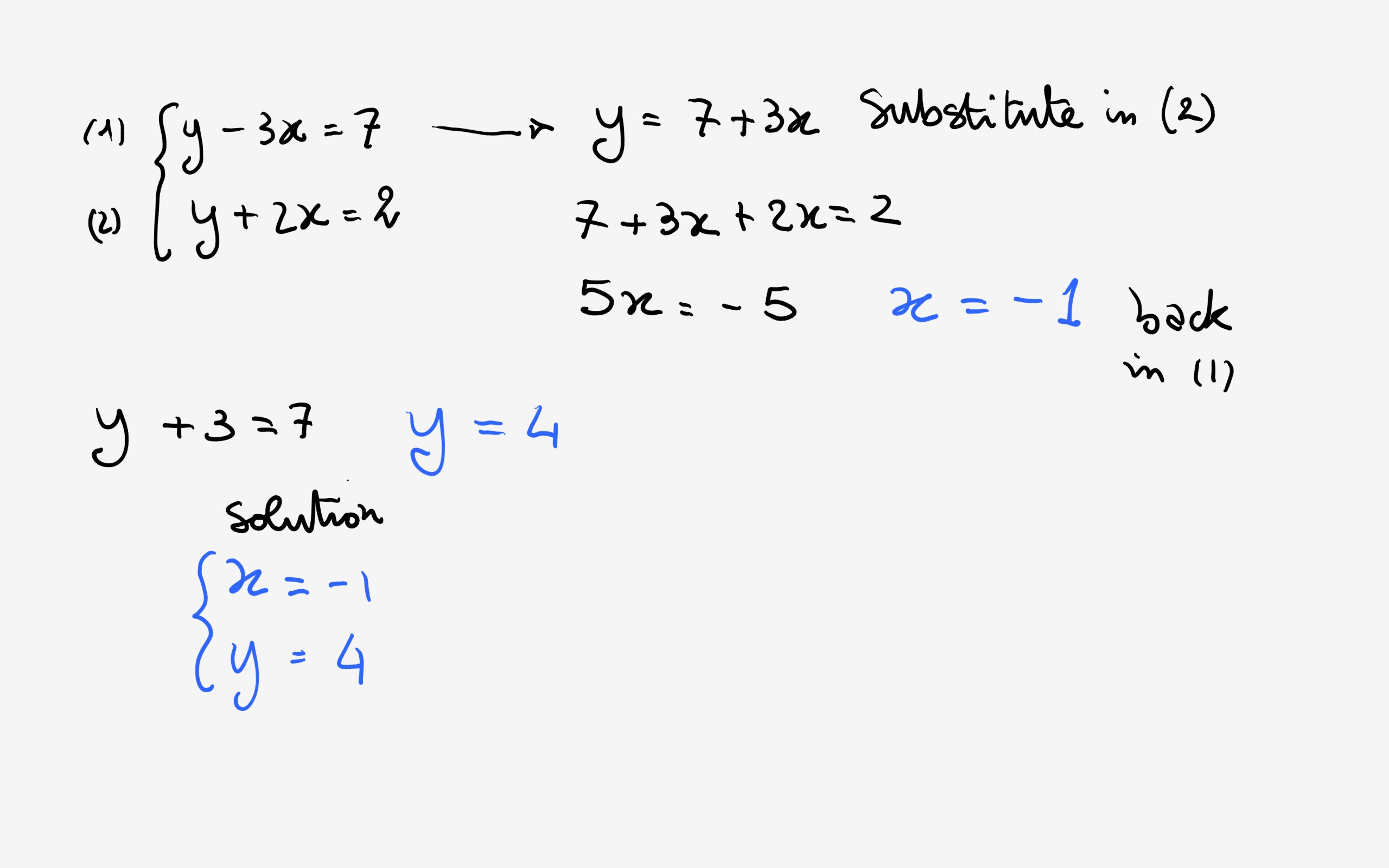
This one has the same powers but different variables, so you can't add it either: This expression has variables with two different powers: You can never add any of these as they’re written.

So you can add these below because both terms have the same variable ( r) and the same power (7): This is because you can only add exponents if their bases and exponents are exactly the same. You might have noticed that we only looked at problems where the exponents we were adding had the same variable and power. Since 3 + 2 is 5, that means that 3y 4 + 2y 4 = 5y 4. You have two xs, which can be written as 2x.

For instance, to simplify this expression, you would just add the variables. When you’re adding two exponents, you don’t add the actual powers-you add the bases. Fortunately, it’s easy to add, subtract, multiply, and divide these exponents. In algebra, you will often be asked to perform calculations on exponents with variables as the base. While you can’t exactly solve these problems without more information, you can simplify them. (If you weren’t sure, check out our lesson on the order of operations). If you think you should solve the exponents first, then multiply the resulting numbers, you’re right. Luckily, these exponents follow simple rules:Īny exponent with a power of 1 equals the base, so 5 1 is 5, 7 1 is 7, and x 1 is x.Īny exponent with a power of 0 equals 1, so 5 0 is 1, and so is 7 0, x 0, and any other exponent with a power of 0 you can think of.
#2x 5 7 3 x 2 how to
Even if you feel comfortable with other exponents, it’s not obvious how to calculate ones with powers of 1 and 0. Exponents to the 1st and 0th powerĭon’t feel bad if you’re confused. Depending on the type of calculator you use-and especially if you’re using the calculator on your phone or computer-you may need to input the exponent this way to calculate it. Don’t worry, it’s exactly the same number-the base is the number to the left, and the power is the number to the right. Occasionally, you might see the same exponent written like this: 5^3.

All exponents have two parts: the base, which is the number being multiplied and the power, which is the number of times you multiply the base.īecause our base is 4 and our power is 3, we’ll need to multiply 4 by itself three times. Understanding exponentsĪs you saw in the video, exponents are written like this: 4 3 (you'd read it as 4 to the 3rd power). You'll see them often in algebra problems too. Scientists often use exponents to convey very large numbers and very small ones. For instance, this number is very small but has many digits: It also works for small numbers with many decimal places. For instance, this number is very large:īut you could write it this way as an exponent: 3 could be written as the exponent 3 4: the number 3 has been multiplied by itself 4 times.Įxponents are useful because they let us write long numbers in a shortened form.en/algebra-topics/order-of-operations/content/ What are exponents?Įxponents are numbers that have been multiplied by themselves.


 0 kommentar(er)
0 kommentar(er)
